Giving lab rats a break
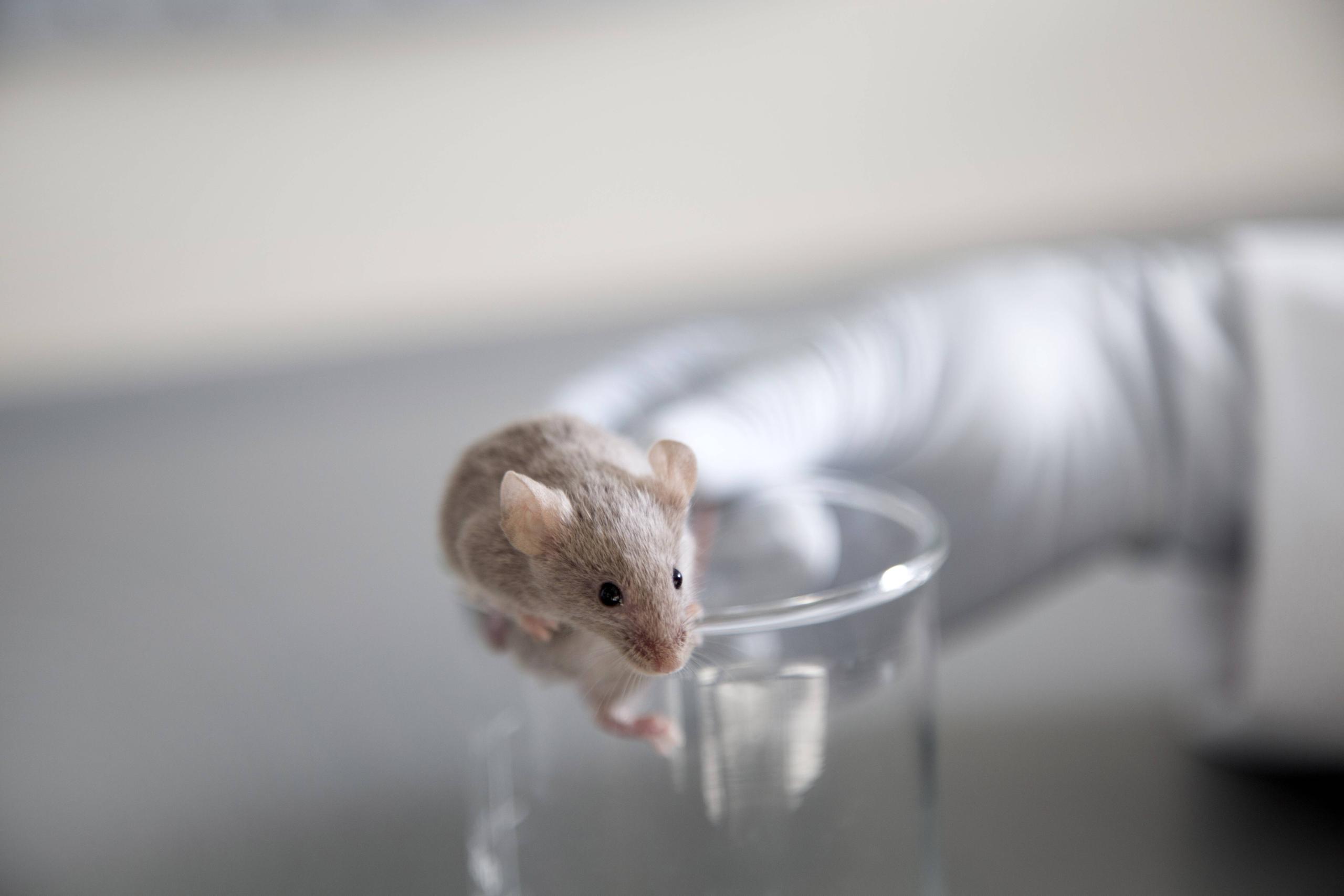
Every year around the world millions of small animals suffer and die in the name of science. In Switzerland, alternatives to animal experimentation exist and are favoured by the pharmaceutical industry, yet they have been slow to win the acceptance of researchers.
Nanoparticle scientist Barbara Rothen-Rutishauser of the Adolphe Merkle InstituteExternal link in Fribourg is doing tests on an unlikely-looking experimental subject. Made mostly of plastic, it’s about 15 centimetres long and weighs just a few grams. In fact it’s a three-dimensional model of the human lung.
Rothen-Rutishauser has recreated the pulmonary tissue by arranging micro-layers of cells on a permeable membrane housed in a plastic rack of six round test tubes. This is a world first.
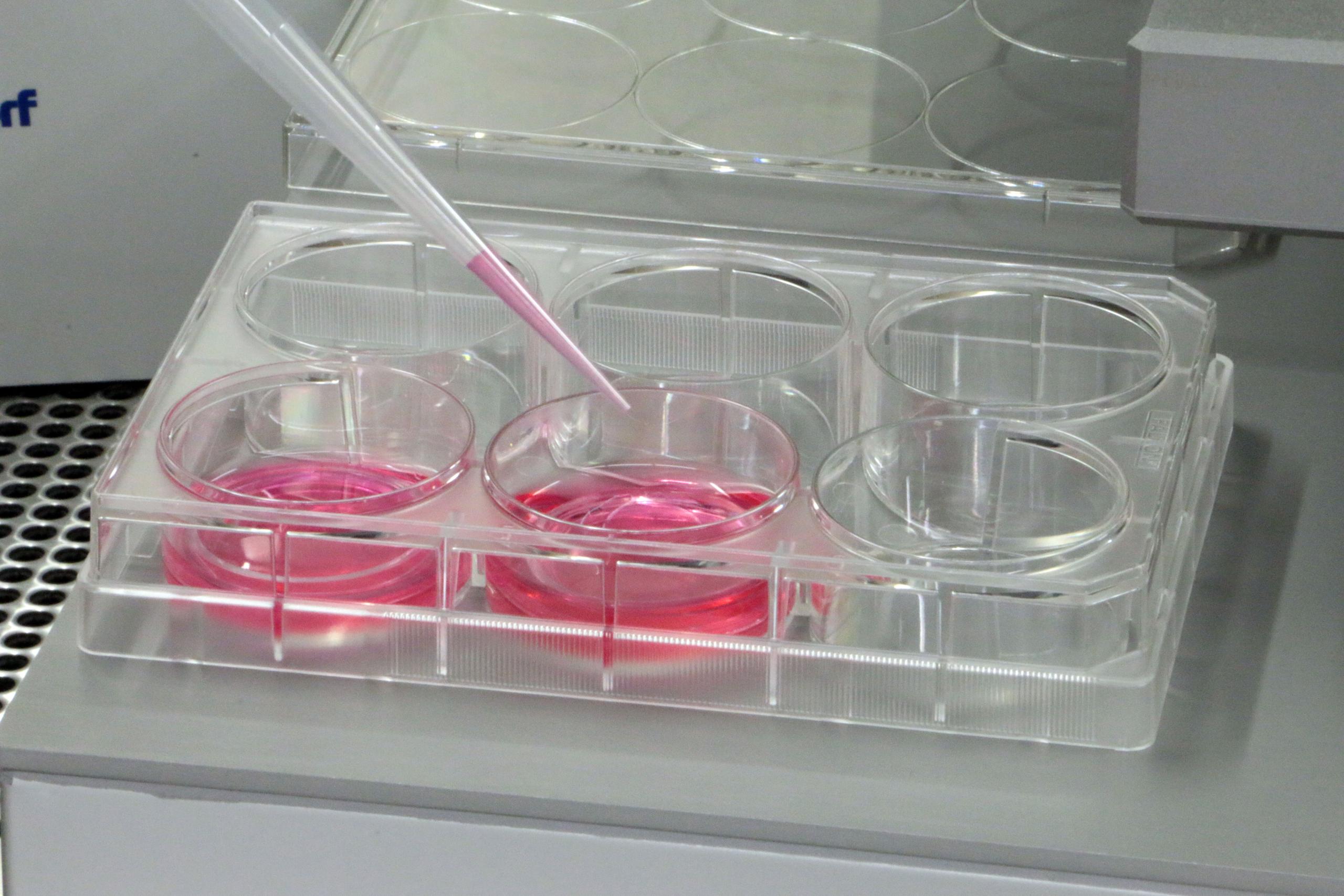
Fifteen years ago, Rothen-Rutishauser began studying the effect that particles in the air and in exhaust gases had on breathing. At the time there were no real in-vitro models that could mimic lung tissue satisfactorily, she recalls. “Most of the experiments were done on rats and mice.”
With her 3D model, which combines three types of cell, she can now study how the lung reacts – such as with acute inflammation – and can determine whether, for example, a proposed asthma medication is safe to inhale. “Research cannot entirely stop using animals. But with this alternative you can avoid the deaths of thousands of animals, especially at the pre-clinical experimentation stage,” she explains.
This human lung model is still only a simplified version of the real thing, and at present there is no way to mimic the blood and lymph circulation, she emphasises. “Tests have shown, though, that the results obtained are very close to those found with animals.” Furthermore, in-vitro models cost less and yield faster results, which is clearly in the interests of the pharmaceutical industry.
Applying the ‘3Rs’
Over the last 30 years, the number of animals used for experimental purposes in Switzerland has declined considerably. The drop is mainly due to animal protection legislation brought in during the 1990s. According to the Federal Food Safety and Veterinary OfficeExternal link, Swiss laws are some of the strictest in the world.
In Switzerland, scientists can do experiments on animals only if there are no recognised alternative methods. A researcher has to show that the usefulness to society outweighs the suffering of the animals. As in the European Union countries, the principle of the “3Rs” applies: Replacement of experimentation on animals with alternative methods, Reduction of the number of animals used, and Refinement of research methods to make them more humane.
Nevertheless, Switzerland should be doing more, finds Ernst B. Hunziker, scientific director of the 3R Research FoundationExternal link, which promotes alternatives to animal experimentation.
“Since 1987 we’ve funded about 130 projects. The requests we receive from industry and the academic world are constantly increasing, but our funds just aren’t enough. We can support only one project out of ten,” he told swissinfo.ch.
Lost opportunity
A professor at the Department of Clinical Research at the University of Bern, Hunziker is dissatisfied with the imbalance in the allocation of public funds for research. The federal government, through the Swiss National Science Foundation, budgets CHF118 million ($117 million) every year for research involving experiments on animals, he points out.
“For promotion of 3R methods we have a budget of CHF500,000, half of it provided by the federal veterinary office and the other half by the pharmaceutical industry.”
According to Hunziker, an opportunity was lost this year when a proposal for a national programme of research on 3R methods was turned down.
“This topic was competing with a lot of others. We had to make a choice,” explains Claudine Dolt of the Swiss education ministryExternal link. The promotion of the 3Rs, she adds, is not just a matter of money. “There is a need to act on several levels, including the training of researchers.”
Anyone working on alternative methods has trouble getting public funding, says Rothen-Rutishauser. Validating her artificial lung will take between three and five years, she thinks. Her ultimate aim is production on a large scale using a 3D printer (“bioprinting”), a technique that can be used to model parts of the human body.
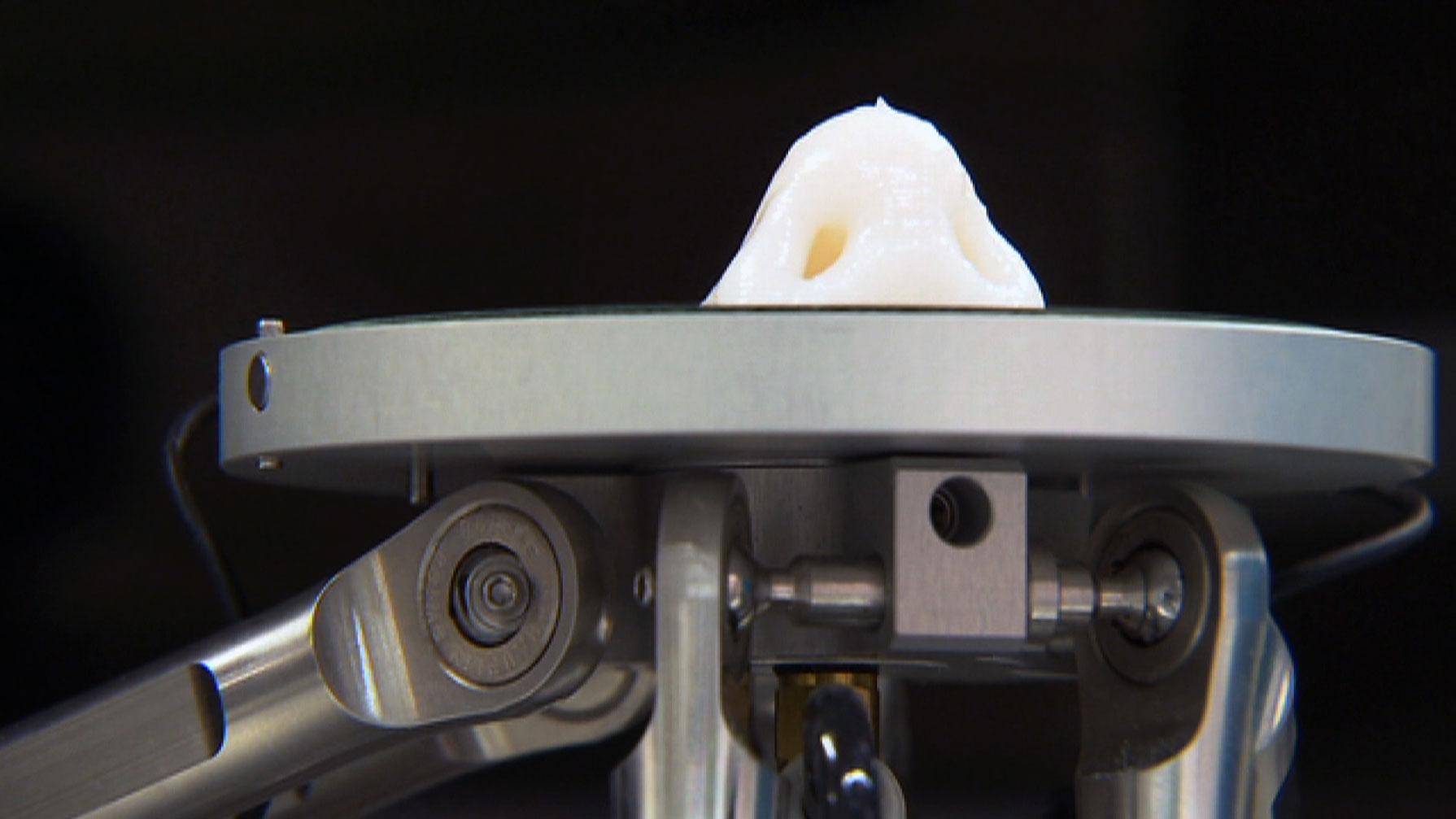
More
Printing out body parts
Cosmetics and testing
An alternative method does not just have to be effective scientifically, it also needs to be recognised by the regulatory authorities for pharmaceuticals and by the industry itself, points out Rothen-Rutishauser. “This is the only way it can be integrated into the development process for a drug, or in the research on risks.”
Switzerland follows the international guidelinesExternal link, according to Swissmedic, the national regulatory agency for therapeutic products. Spokesman Peter Balzli points out that alternative models are discussed by the scientific community and the industry on the basis of current research literature, but it is up to the international regulatory authorities, such as the European Medicines Agency, to decide on their use.
In the case of non-medical products like cosmetics and industrial chemicals, the pressure to develop alternatives to using animals is greater, Balzli admits. InterpharmaExternal link, the association of Swiss pharmaceutical companies active in research, is concerned with this issue and emphasises that to improve protection of animals, “a frank dialogue” is needed – also at the political level.
The example to follow is the one that led to the European ban on the sale of cosmetics tested on animals, says Rothen-Rutishauser. “In the past, the products were tested on rabbits. But following a European directive in 2013, companies doing specified tests now have to use 3D cell cultures of human skin.”
3R resource centre
Two recent developments may give alternative methods a boost. In response to an initiative signed by a million people, this summer the European CommissionExternal link announced its intention to take the principle of the 3Rs further in the direction of banning the use of animals in research altogether.
In Switzerland, the government has proposed an action planExternal link to promote the study of alternative methods. Among the initiatives are the creation of a national competence centre in the 3Rs, and better integration of the 3R principle into higher education in natural sciences and medicine.
A competence centre “could be a step in the right direction”, says Hunziker. “Money invested in alternative methods now could be saved down the line by reducing the number of animals used.”
Industry and academia: trends differ
The overall decline in the use of laboratory animals since the mid-1980s in Switzerland actually obscures two opposing trends. While in industry there has been a definite reduction, in university research animal experimentation has actually increased. In 2012, the number of experimental animals used in universities, polytechnics and hospitals exceeded those used in industry for the first time.
“This development is not due to the increase in numbers of students and researchers in universities, but to the introduction of new technologies, such as the genetic modification of organisms,” says Ernst Hunziker of the 3R Research Foundation.
Industry, meanwhile, has cut down on animal experimentation in the areas of development, regulatory approvals, therapeutic effectiveness and quality control. “The routine laboratory work now has numerous technologies available that make the use of animals superfluous,” says Thomas Cueni, general secretary of Interpharma, an association of Swiss pharmaceutical companies active in research.
An additional factor, however, is that industry does not carry out all its research in Switzerland, and that some of the animal experimentation has been contracted out to universities, according to a Swiss government report.
Translated from Italian by Terence MacNamee

In compliance with the JTI standards
More: SWI swissinfo.ch certified by the Journalism Trust Initiative













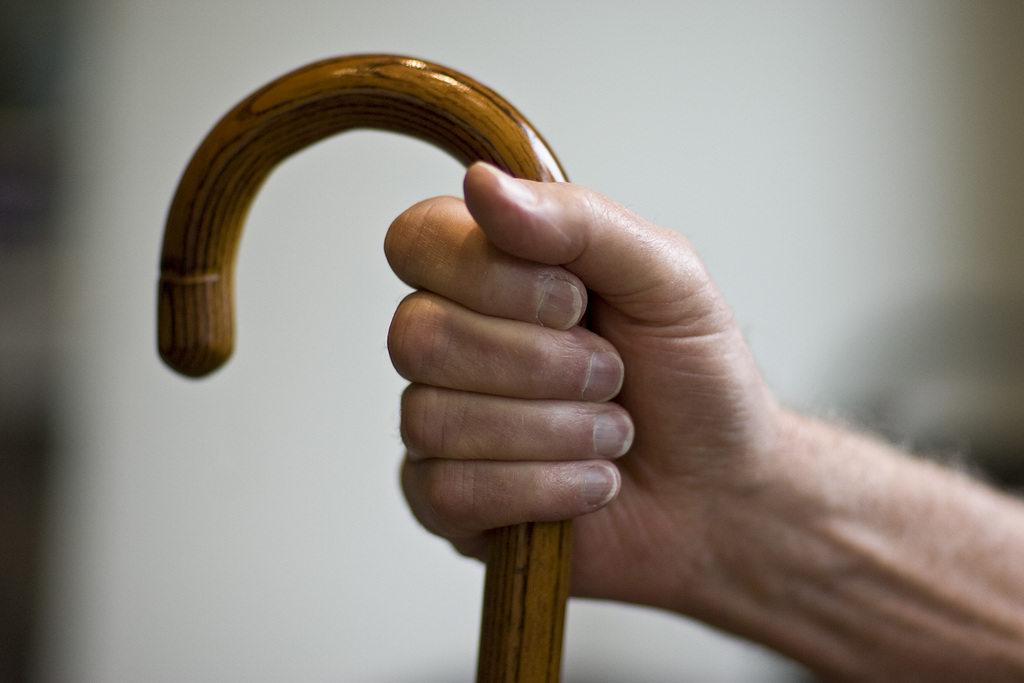
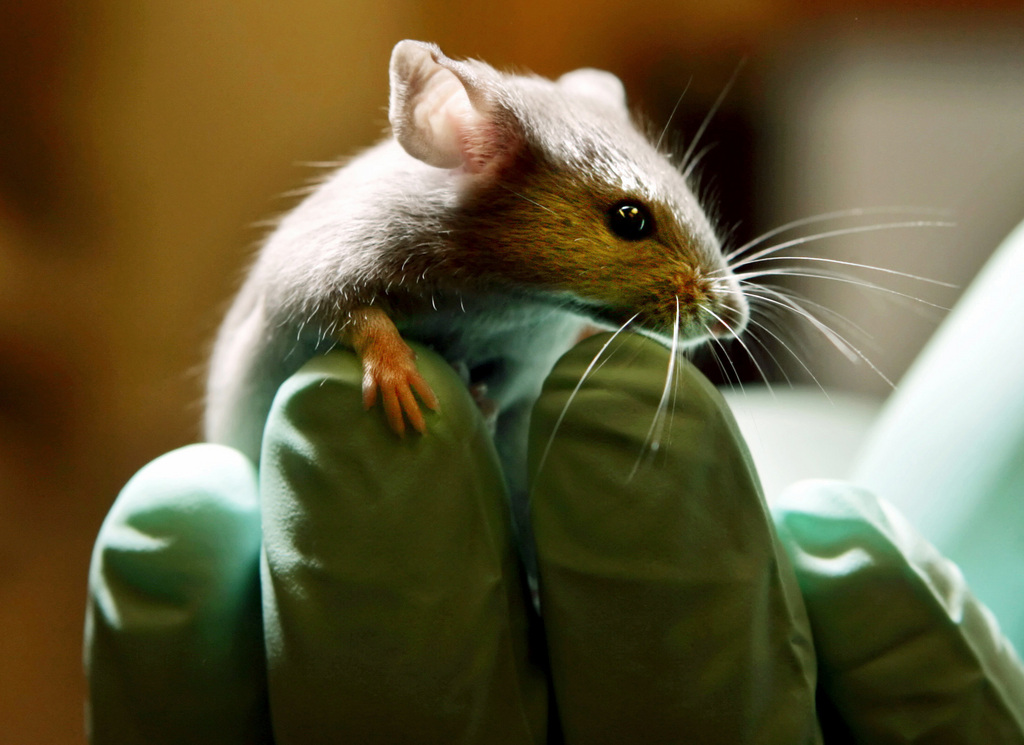
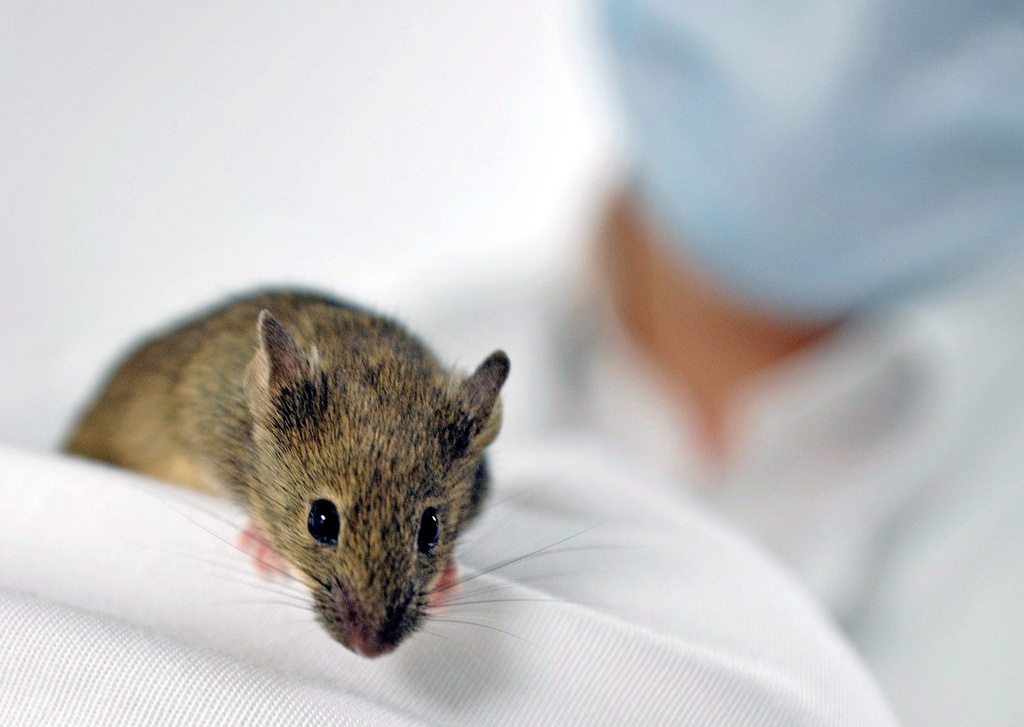
You can find an overview of ongoing debates with our journalists here . Please join us!
If you want to start a conversation about a topic raised in this article or want to report factual errors, email us at english@swissinfo.ch.